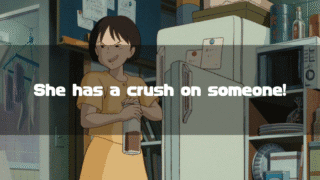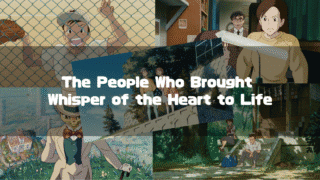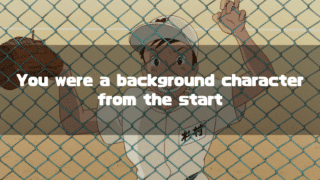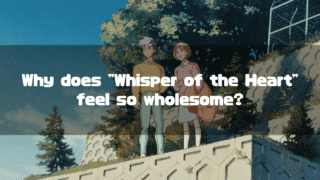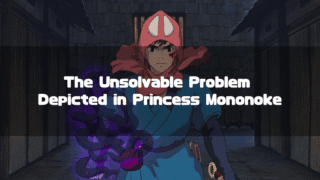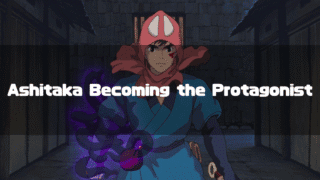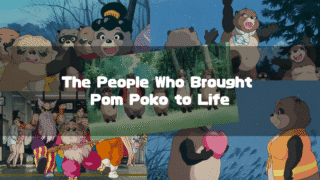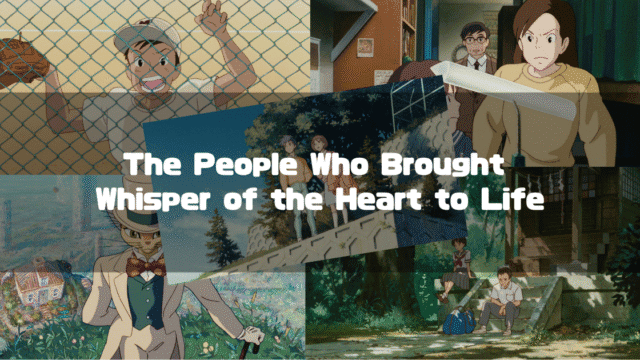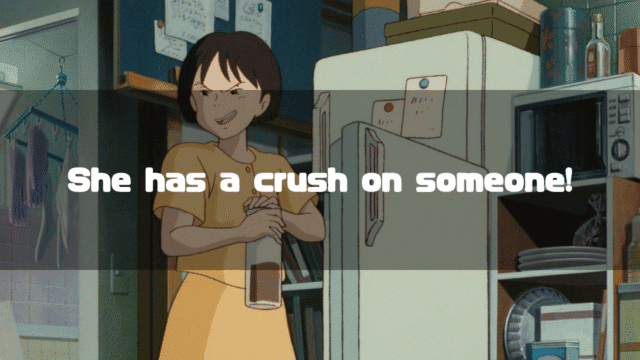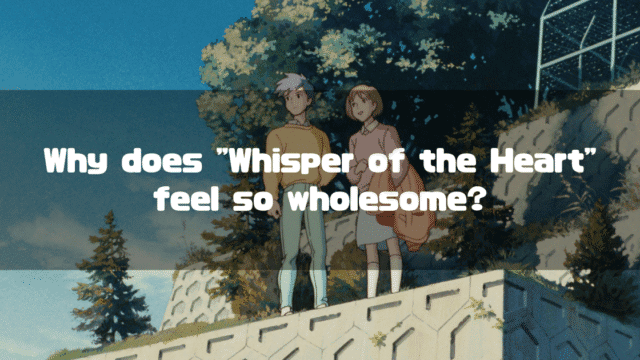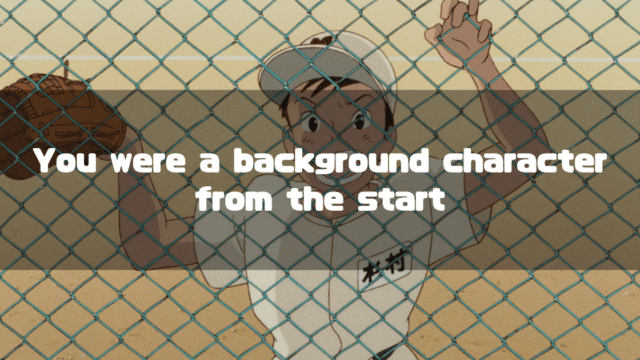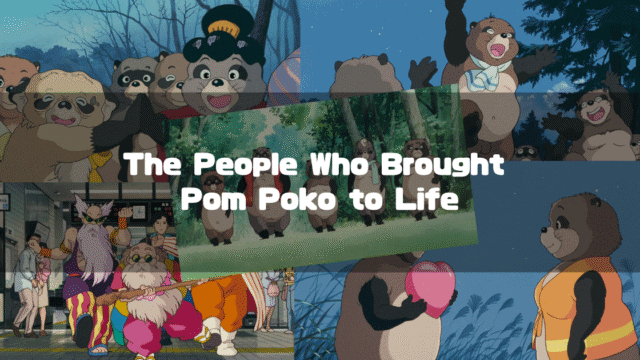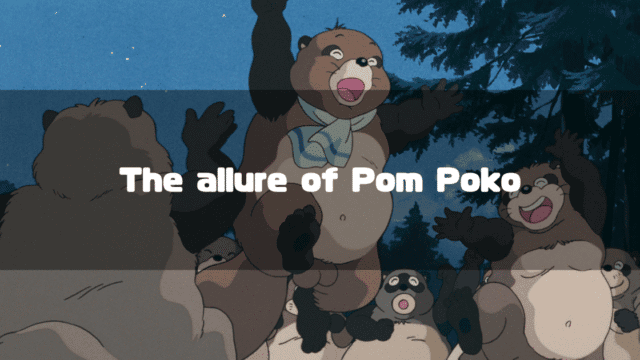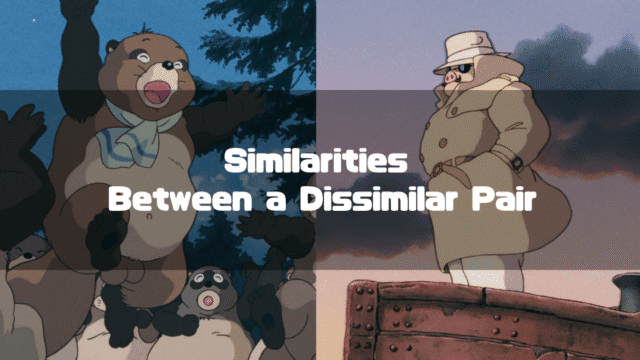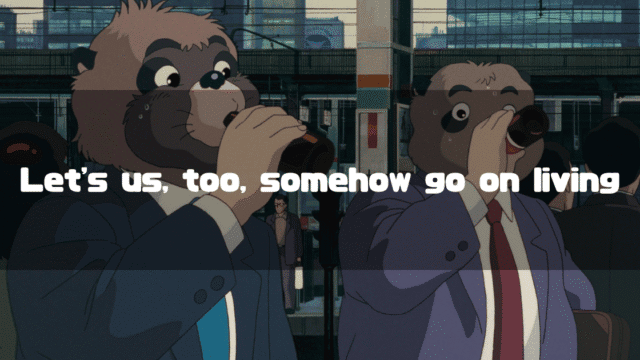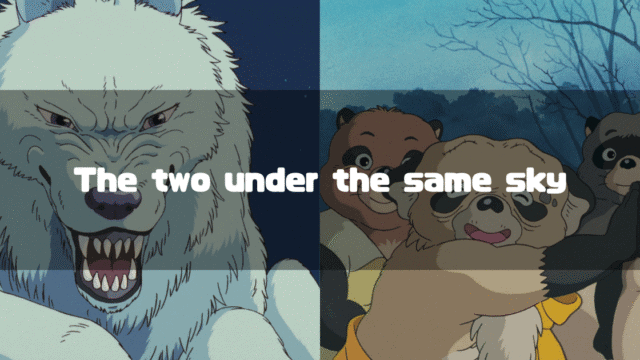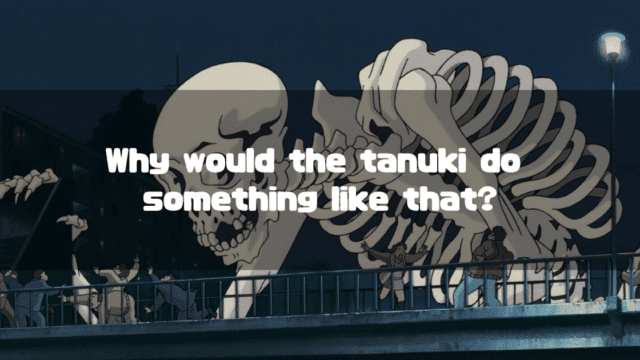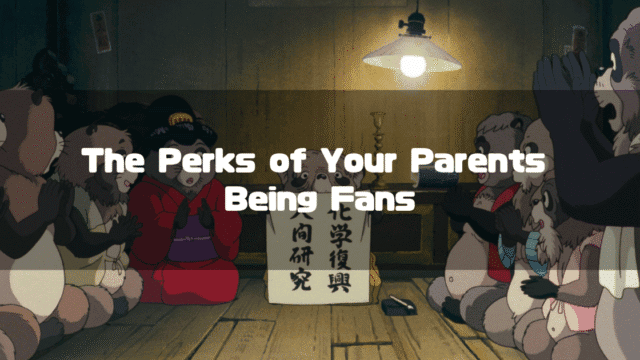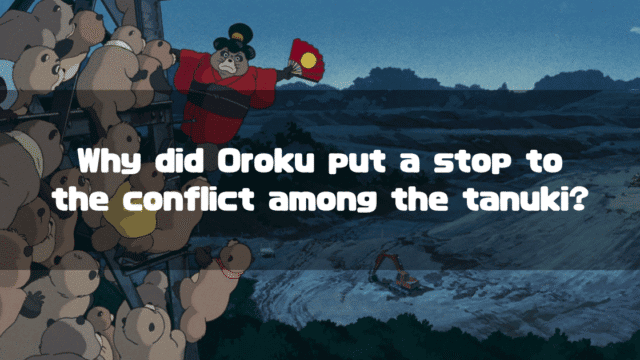Previously, I’ve written about ‘Sugimura’ in ‘Whisper of the Heart’ and The Story of Seiji and Shizuku’s Promise. This time, I’d like to write about the persistent depiction of “trains” and the ending in Whisper of the Heart(Studio Ghibli Official). Why were trains so frequently depicted in that film, and why were people shown coming and going in the ending?
*This article is an English translation of the original Japanese article, 「耳をすませば」にはなぜ電車が描かれ、エンドロールは人々が行き交うのか?【少女マンガと平成狸合戦ぽんぽこ】.
Let an AI walk you through the highlights of this post in a simple, conversational style.
- Relativizing the Extreme Subjectivity of “Shojo Manga”
While the extreme subjectivity of the protagonist, Shizuku Tsukishima, is visualized, the depiction of trains and unrelated people brings objectivity to the story, simultaneously criticizing and affirming the “shojo manga worldview.” - Position as a Sequel to Pom Poko
It depicts the lives of humans living on the land taken from the tanuki (raccoon dogs), and while acknowledging the “harm of taking,” it presents a perspective that cherishes the lives of the people living there.
The Film Adaptation of Shojo Manga
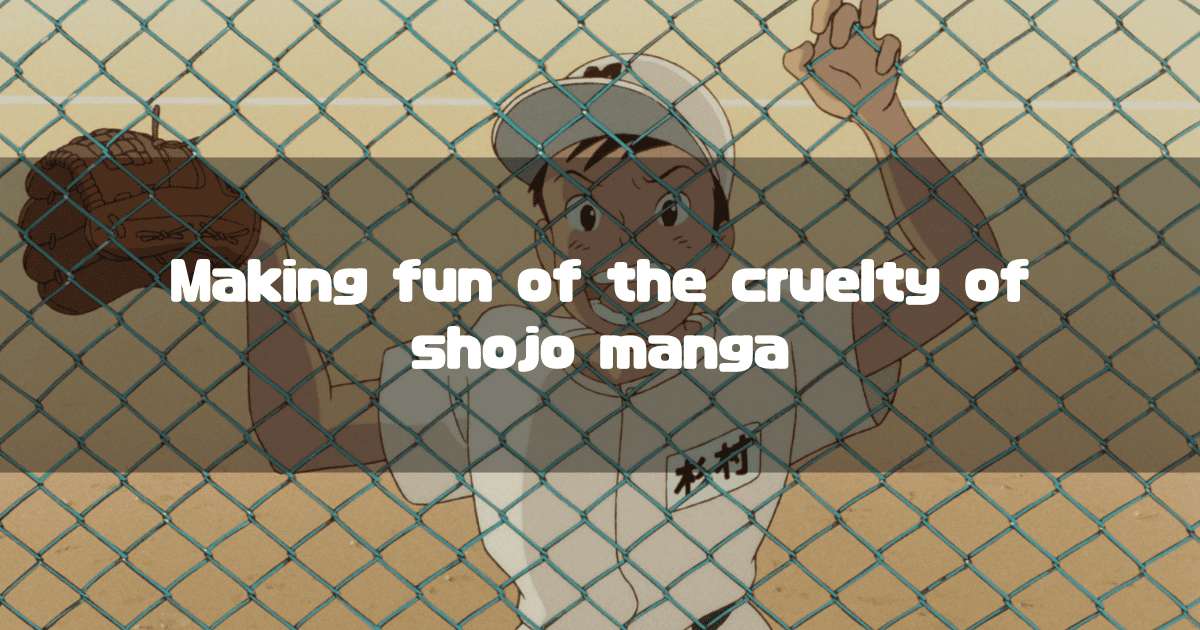
As I wrote in A Deep Dive into the Tragic Man, Sugimura, one of the themes in Whisper of the Heart was the “film adaptation” of “shojo manga.” The most crucial element to achieve this was the “protagonist’s extreme subjectivity.” In other words, one of the goals was to visualize the trait of “what is important to the protagonist is endlessly beautiful, while everything else is completely ignored.” The reason Sugimura is wearing a glove on his right hand, even though he should be playing third base, is likely based on this principle.
Not limited to “shojo manga,” protagonists in the midst of a story are often so absorbed in their own problems that they fail to see anything else. We, the viewers, also internalize the seriousness of the characters’ situations and watch with a certain empathy, which leads us to neglect the “other people” who should be making up their world.
The frequent insertion of trains seems to serve the role of momentarily pulling the audience back from the protagonists’ subjectivity, lending objectivity to the story. At the same time, this can be interpreted as a subtle mockery of the “extreme subjectivity inherent in shojo manga.” In “adapting” a “shojo manga” into a “film,” perhaps the message “shojo manga can be a cruel thing” was embedded by both realizing the “extreme subjectivity” of Shizuku Tsukishima’s story and simultaneously critiquing it.
The animation in the end credits, featuring people completely unrelated to Shizuku and Seiji’s story, likely has a similar effect. For Shizuku Tsukishima, her future and her relationship with Seiji are extremely serious issues. However, she was able to confront these issues and accomplish something only because this world is stably formed by the “unrelated people” depicted in the end credits. This message is probably included as well, though it’s a bit preachy.
While the above answers the “mystery of the trains and the end credits,” I believe there is another aspect to consider.
Whisper of the Heart as a Sequel to Pom Poko
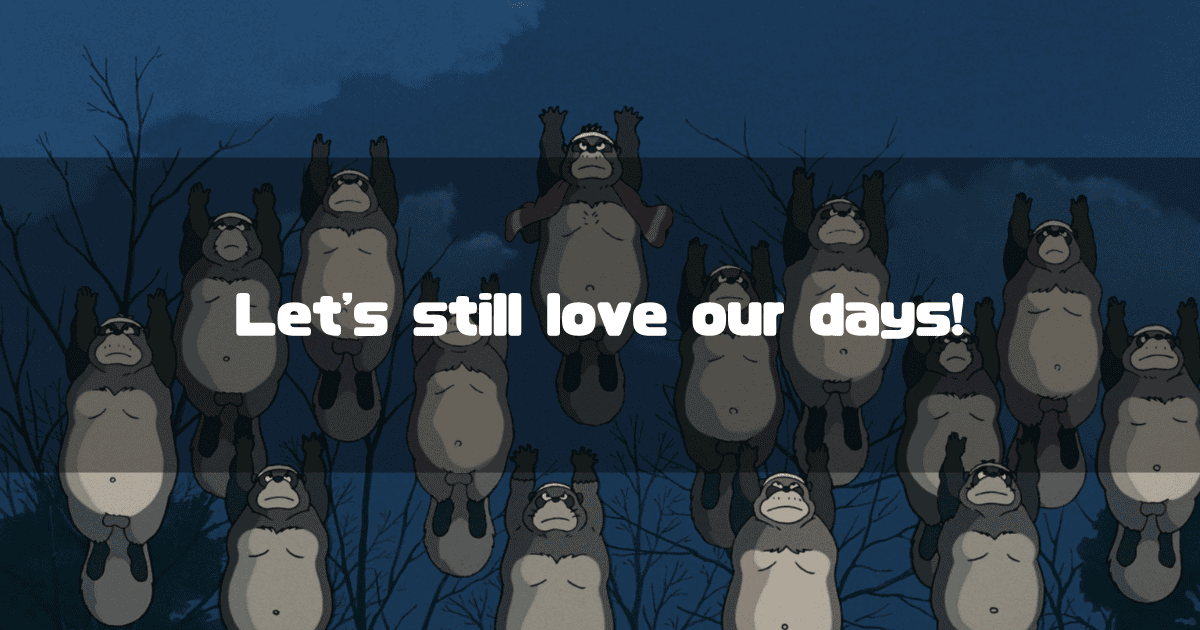
The movie Whisper of the Heart begins with an aerial shot of a city at night. This can be seen as a continuous shot from the ending of Pom Poko. In Pom Poko, the camera pulls back to reveal the night view, and in Whisper of the Heart, the camera zooms in to the scenes of people’s lives. Seeing this structure, one cannot help but be conscious of Pom Poko.
Pom Poko was a story depicting the final battle between tanuki and humans. Unfortunately, the tanuki’s attacks ended in defeat without even being noticed by the humans. Although depicted very comically, it is essentially a rather heavy story.
However, the point of Pom Poko wasn’t just “poor tanuki” or “humans are so cruel!” The most important thing is that we humans are the ones living on the land that the tanuki fought and died to reclaim. And there, people have their own irreplaceable lives.
Ultimately, we are still in the midst of a struggle for survival, merely in a “winning-like state.” We cannot destroy the lives that exist there just because we feel sorry for the tanuki. However, we should at least be aware of this, and we have no choice but to live while wavering between our own lives and the lives of others.
It’s quite a heavy topic, but I believe this is what Pom Poko was generally about. Following this, I think Hayao Miyazaki intended to depict “the lives of people on the land taken from the tanuki” in Whisper of the Heart (the director of Whisper of the Heart was Yoshifumi Kondo, but the screenplay and storyboards were done by Hayao Miyazaki).
The trains depicted in Whisper of the Heart symbolize people’s lives. Since I’m from a rural area, trains were not a significant part of my own formative scenery or life, but for those who grew up in Tokyo, they are likely a part of their core landscape. And within that landscape are irreplaceable days and memories, just like those of Shizuku and her friends.
Watching only Pom Poko, one might start to curse even those precious days, but by watching Whisper of the Heart, you can see that it’s okay to love such days after all. This doesn’t just apply to dramatic days like those of Shizuku Tsukishima and Seiji Amasawa. The days of the “other people” depicted in the end credits are also worthy of being cherished.
As described above, I also believe that Whisper of the Heart was a work that depicted “the lives of people that should still be loved” as a sequel to Pom Poko. It really is a great film, isn’t it?
The images used in this article are from the Studio Ghibli Works Still Images collection.
About the Author
Recent Posts
- 2025-10-21
Indiana Jones and the Dial of Destiny(2023): Full Synopsis & Analysis: Indy’s True Motive and the Enigma of Helena - 2025-10-15
Indiana Jones and the Dial of Destiny(2023):Historical Background-WWII, the Real Dr. Schmidt, the Siege of Syracuse, and the Antikythera Mechanism - 2025-10-08
Why Does Children Who Chase Lost Voices Feel So Ghibli-esque? [Makoto Shinkai’s “Tale of Farewell”] - 2025-10-07
5 Centimeters per Second: Characters, Voice Actors, Character Analysis and Character Map - 2025-10-06
5 Centimeters per Second: Full Synopsis, Analysis, Ending Explained & Character Map (Spoilers)


